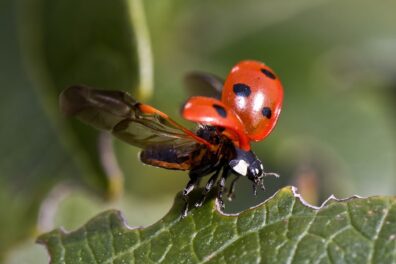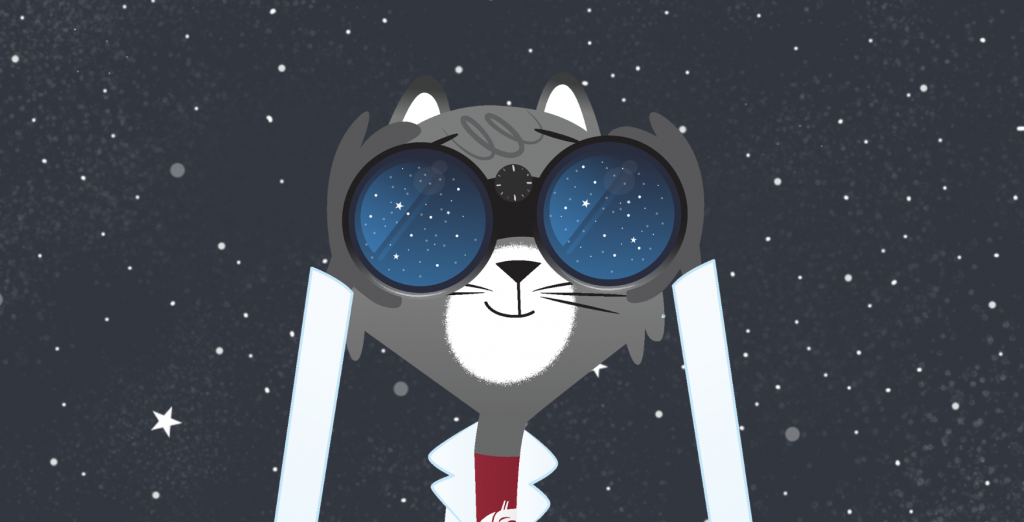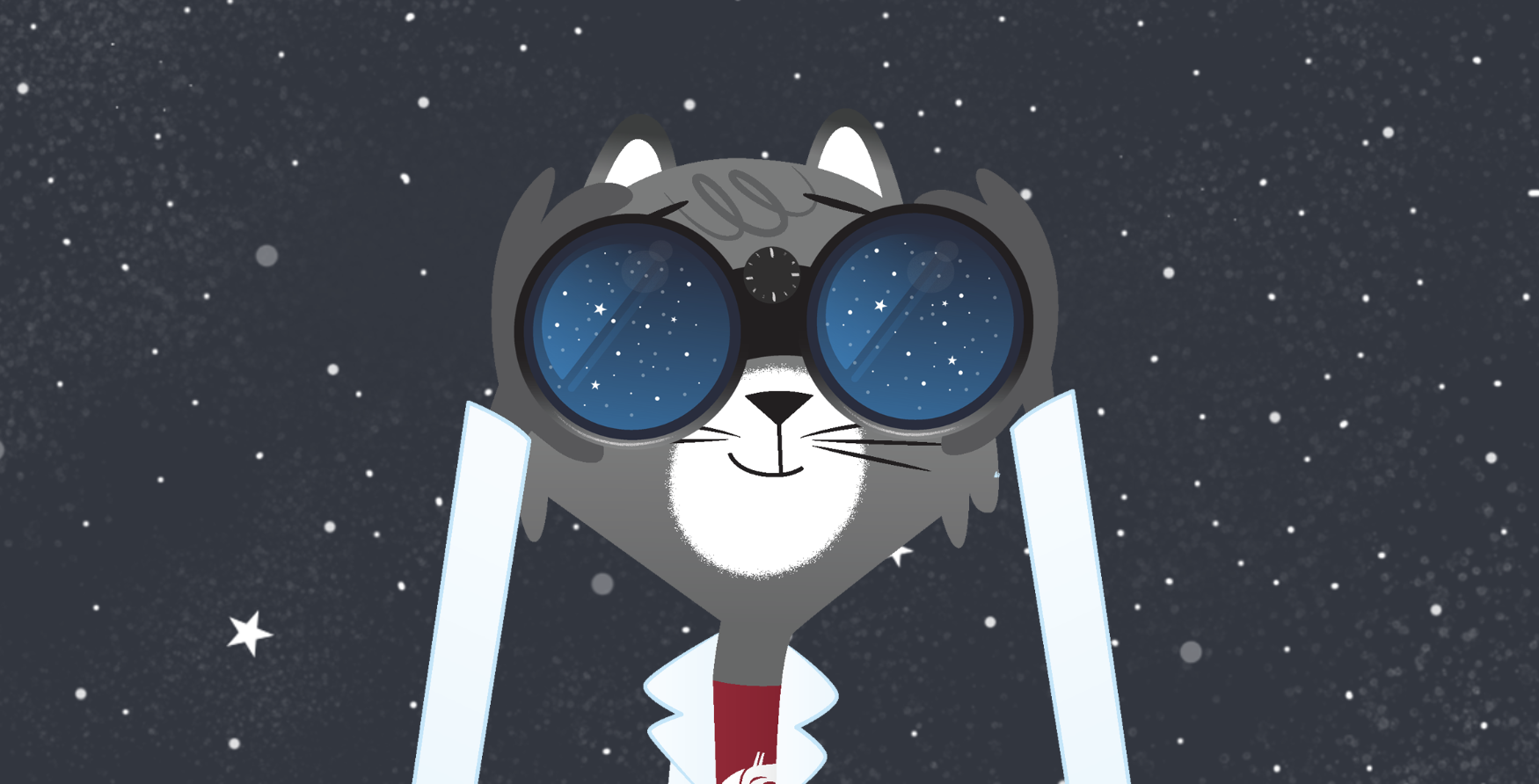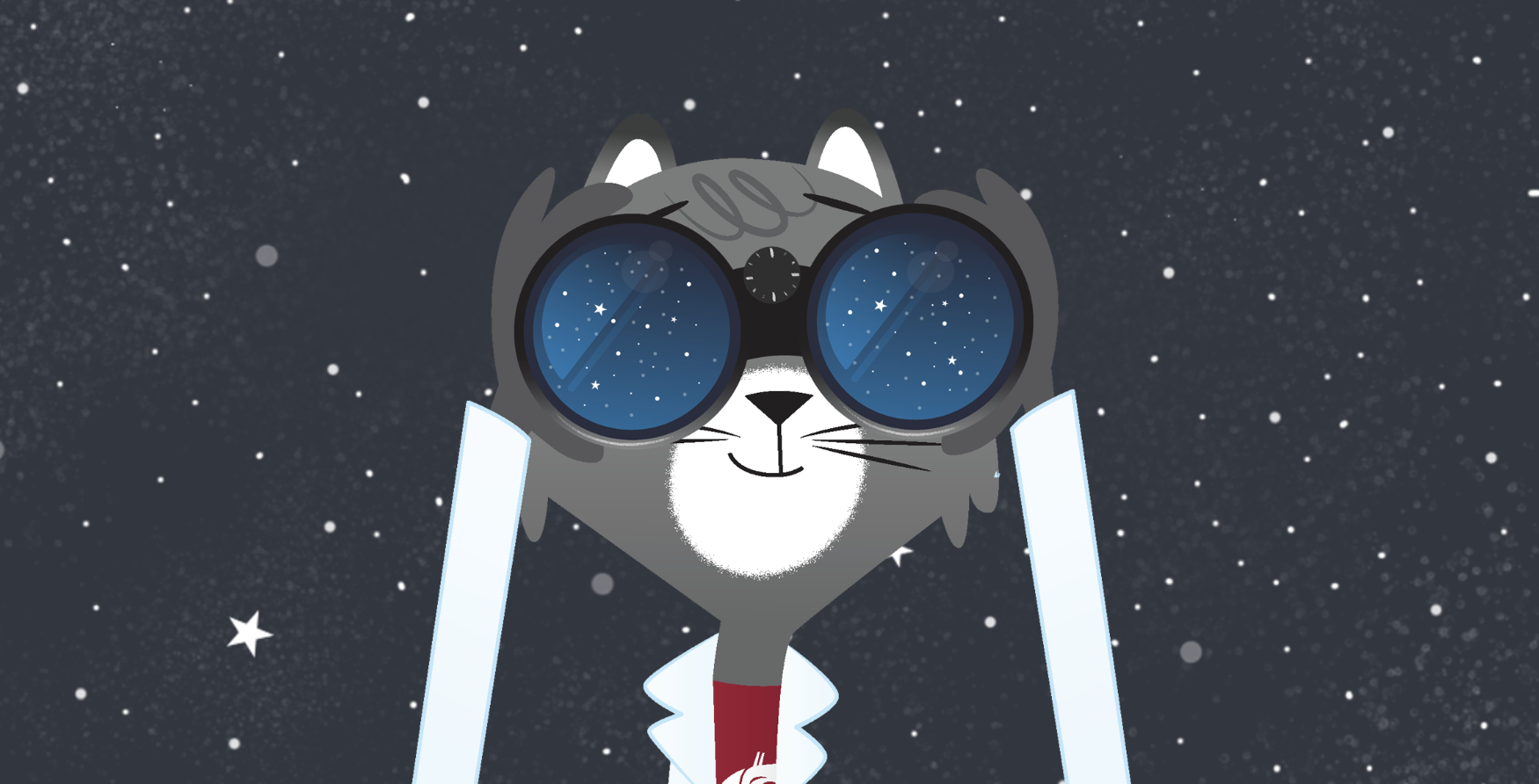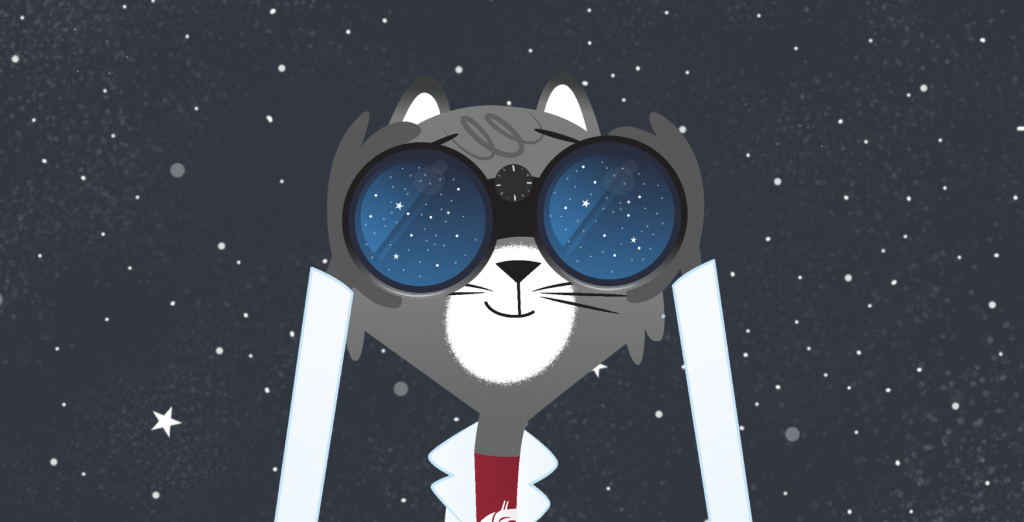Dear Brayden,
Not to brag, but when I was a kitten, humans would see me and squeal. Maybe it was my big, sparkly eyes or my teeny, fluffy paws.
I asked my friend Giuseppe Giannotti why people found me so adorable. He’s a scientist at Washington State University. He studies the brain.
He told me that humans like cute animals because they remind them of babies.

“We’re drawn to find traits in animals that are similar to what we think is cute in humans,” Giannotti said. “The cutest things in humans are babies—you know, big heads, giant eyes, soft cheeks—and we project this to everything around us.”
The idea is called baby schema. Seeing a baby makes us pay attention. It switches on our instinct to take care of something. That’s one way nature makes sure that babies get what they need—even though they’re often loud and stinky and need help all the time.
It works because your brain has a built-in reward system.
Let’s say you eat some delicious chocolate. Your brain starts pumping out a chemical message called dopamine. That message travels to another part of your brain. It sticks to the brain cells there. It gives you a rush of happy feelings. Then another part of your brain connects that happy feeling with the chocolate you ate. Now, the next time you see chocolate, you remember how good you felt. You’re more likely to eat it again.
The same thing happens when you see something cute—like a baby or an adorable kitten.

“Things that are cute drive the same neuronal circuits of reward,” Giannotti said. “Cute things can quickly increase activity in specific brain regions with the release of dopamine. That gives us pleasure associated with something that’s cute.”
That happy feeling is a reward our brain gives us for noticing the cute thing and wanting to take care of it.
Humans aren’t the only animals with a reward system like that. Dopamine is one of the oldest chemical messages we know about. Lots of animals have evolved similar ways to make sure they do important things—like eat or take care of their babies.
But what about the ugly animals?
All animals are related to each other. But scientists say it’s harder for people to connect with animals that are far from humans on the family tree. Looking into the face of a chimpanzee just doesn’t feel the same as looking at the face of a tick—not even a squirmy baby tick.
Maybe that’s why it’s harder to get people excited about protecting animals that seem unfamiliar or less cute—like insects—even though they do important jobs.

Giannotti said the quick jolt of happiness from seeing something cute is good for people. Watching adorable animals in real life or on videos makes you feel better.
Maybe add in a few videos of less familiar animals. It could expand your idea of who’s cute.()
Even if they’re not as adorably floofy as baby me.
Sincerely,
Dr. Universe




